Directors Bhandarkar, Luthria and Mehta pay tribute to one of Bollywood’s finest art directors, who could create lavish mansions for Devdas and rustic villages for Lagaan with equal ease
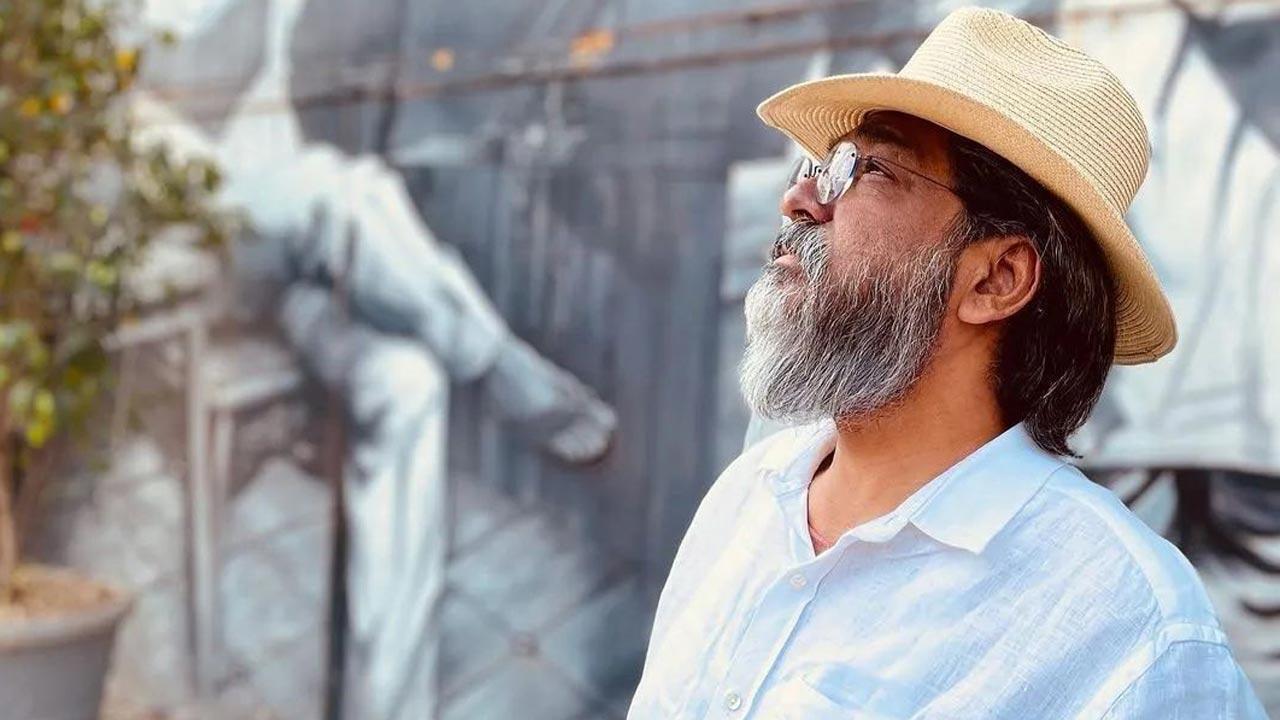
Nitin Desai
By Upala KBR, Hiren Kotwani and Priyanka Sharma
ADVERTISEMENT
There is a sense of magic as the lights in a theatre dim for we are often, within moments, transported into another world. And if we were lucky, we would be transported to a world created by art director Nitin Desai. From the earthy village of Lagaan (2001) to the vibrancy of Devdas (2002), from the 16th century palaces of Jodhaa Akbar (2008) to the ’70s Bombay in Once Upon a Time in Mumbaai (OUATIM, 2010), there wasn’t a setting that the four-time National Award winner had not introduced us to.
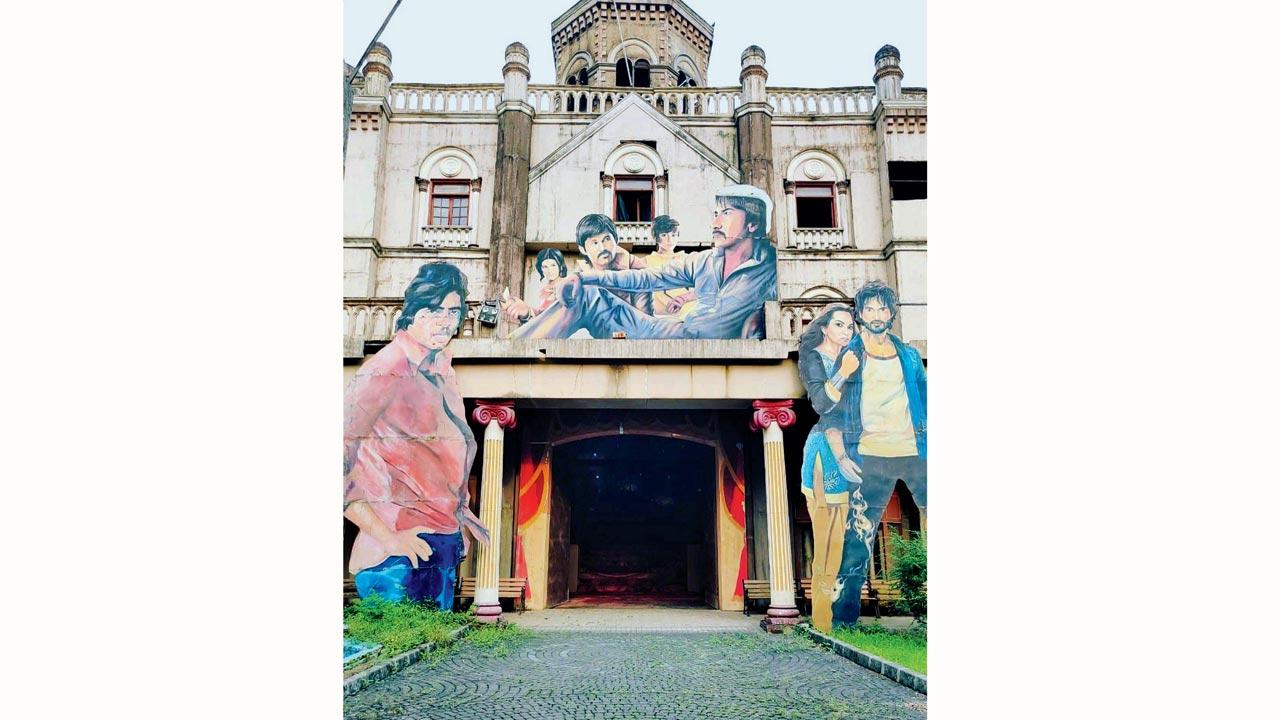 The particular permanent set in ND Studios, Karjat, where Desai was found dead on Wednesday
The particular permanent set in ND Studios, Karjat, where Desai was found dead on Wednesday
OUATIM director Milan Luthria remembers how he began shooting the gangster film with Ajay Devgn and Emraan Hashmi in real locations across Mumbai. Soon, crowd-management issues made him consider filming on sets. That’s when someone recommended the production designer to him. “I told Nitin what I had in mind. He said, ‘Don’t worry, it will all happen in my studio [ND Studios, Karjat].’ He came back with a plan and sketches of how he was going to turn around various parts of his studio. He made a vintage café, made Sultan’s [Devgn’s character] house all white, and made the bustling streets where we shot the song, Pee loon. His greatest quality was that he could adapt to the sensibility of the film. He realised that each movie had a different demand, which is why every film of his looks different,” he shares.
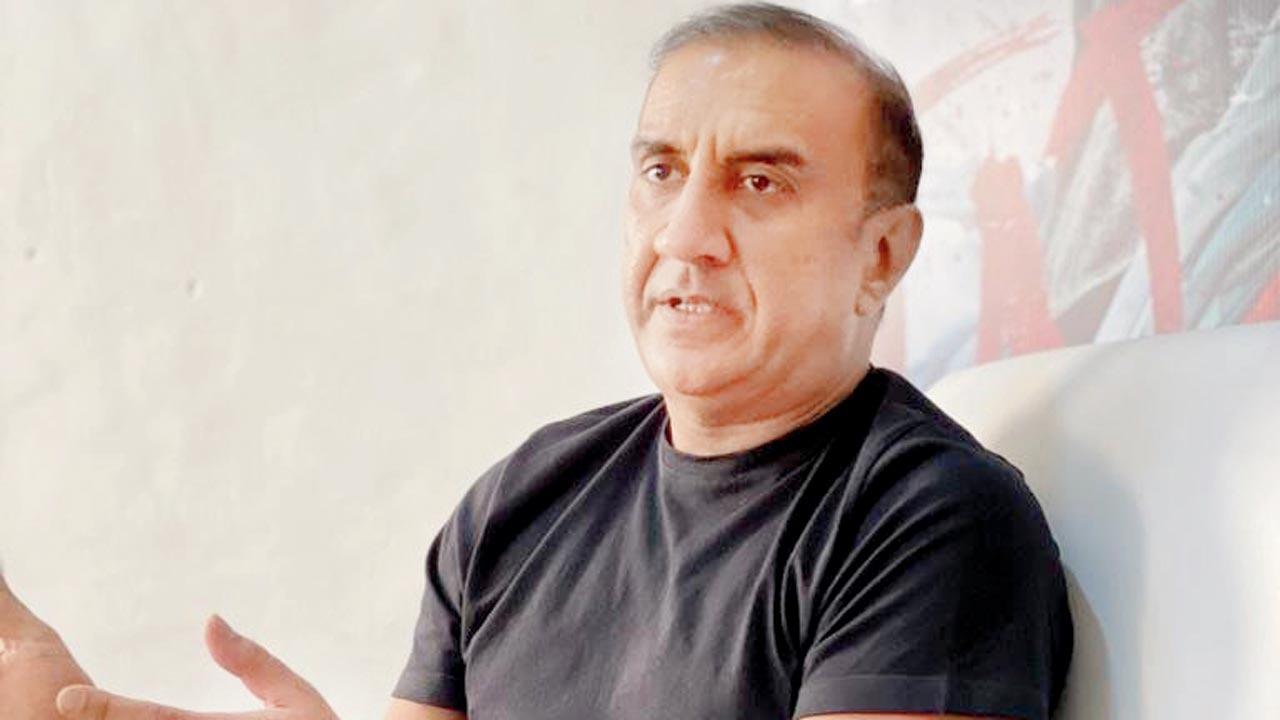 Milan Luthria
Milan Luthria
The director remembers that the climax where Devgn’s character is shot at while delivering a speech was the most challenging. But Desai, he says, came up with quick solutions.
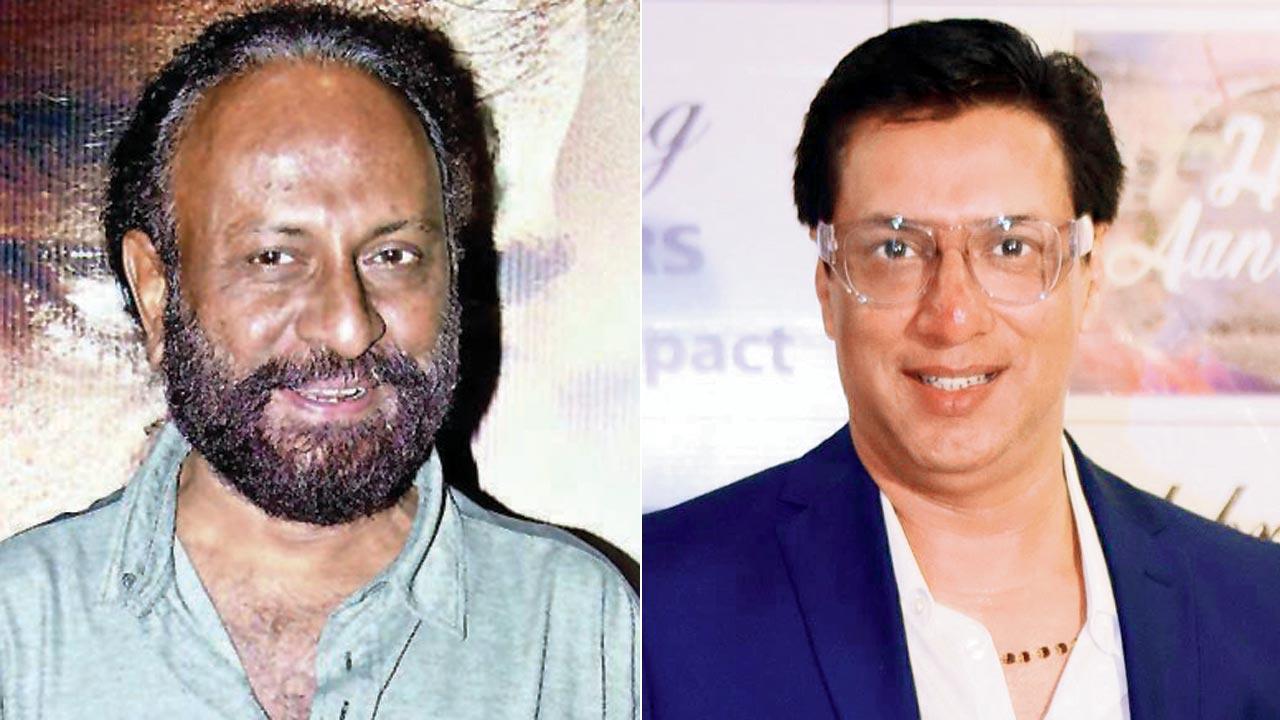 Ketan Mehta and Madhur Bhandarkar
Ketan Mehta and Madhur Bhandarkar
The studio originally didn’t look that way. There was chaos, but he quickly changed the colours of the backdrop, erected a wall on one side and removed certain fountains, saying that the style did not match the era we were depicting. He was hands-on. If you had an issue and needed a solution, Nitin was the man,” adds Luthria.
 Set pieces used for the filming of Lagaan. Pics/Nimesh Dave
Set pieces used for the filming of Lagaan. Pics/Nimesh Dave
Madhur Bhandarkar, who worked with the production designer on Traffic Signal (2007), Fashion (2008), and several other films, is shocked at his demise. To him, he will always remain the cheerful colleague with a hearty laugh. “One could know of his presence just by hearing his laugh. Even if we weren’t working together, he’d drop by at my office for a chat over chai. It’s difficult to imagine why Nitin would take such a drastic step,” says Bhandarkar, who had met him in February at his daughter’s wedding.
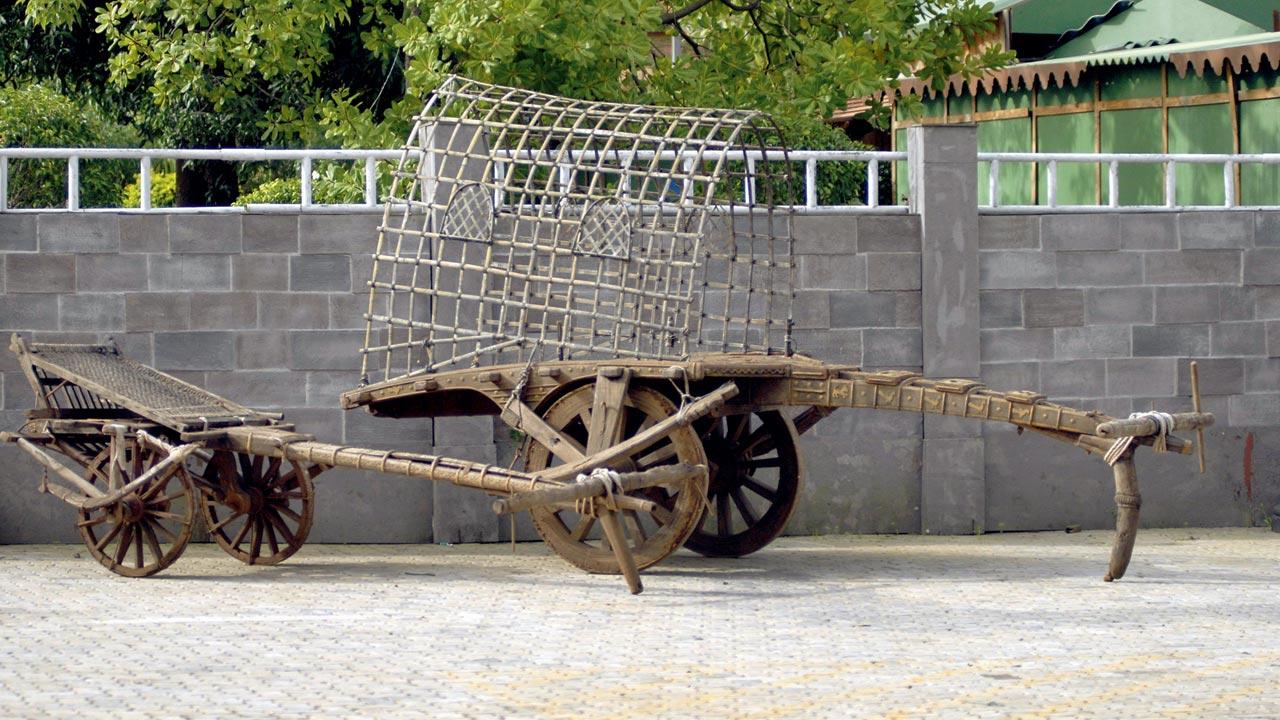
Desai had won National Awards for his work in Dr Babasaheb Ambedkar (1998), Hum Dil De Chuke Sanam (1999), Lagaan and Devdas. But to Bhandarkar, his work went beyond grandeur. “Nitin was synonymous with [elaborate] set design after his brilliant work in Hum Dil De Chuke Sanam and Devdas. But he was equally a genius in creating realistic sets for films like Traffic Signal, Jail [2009] and Indu Sarkar [2017]. He visited Yerawada and Thane prisons to create a realistic set for Jail. When I asked him [to recreate] Connaught Place, he promised that it would be as real as Delhi’s landmark location. I was amazed at the transformation. I clicked some pictures and sent it to my friends in Delhi, who couldn’t believe it was a set.”
A trait of Desai that endeared him to the director was his ability to make good his promises. “He was always flexible with budgets and would say, ‘Main kar ke deta hoon.’”
Director Ketan Mehta shares that the Aamir Khan-led Mangal Pandey: The Rising (2005) was the first endeavour to be shot in ND Studios that opened in 2005. “When he launched the studio, the qawwali song from Mangal Pandey was the first shoot on the location. Nitin was a disciplined and systematic designer. So, even before we began shooting, everything was pre-visualised and pre-decided with major contributions from the creative genius that Nitin was,” says Mehta, who worked with him over 28 years and several films.
Producer Ronnie Screwvala, who collaborated with Desai on several films, most notably Jodhaa Akbar and Fashion, remembers him as someone who thought big and created even bigger. “He always gave his all to whatever he did. He always thought big and then actually made it happen. I am very sad to hear the news, ” he says.
 Subscribe today by clicking the link and stay updated with the latest news!" Click here!
Subscribe today by clicking the link and stay updated with the latest news!" Click here!







